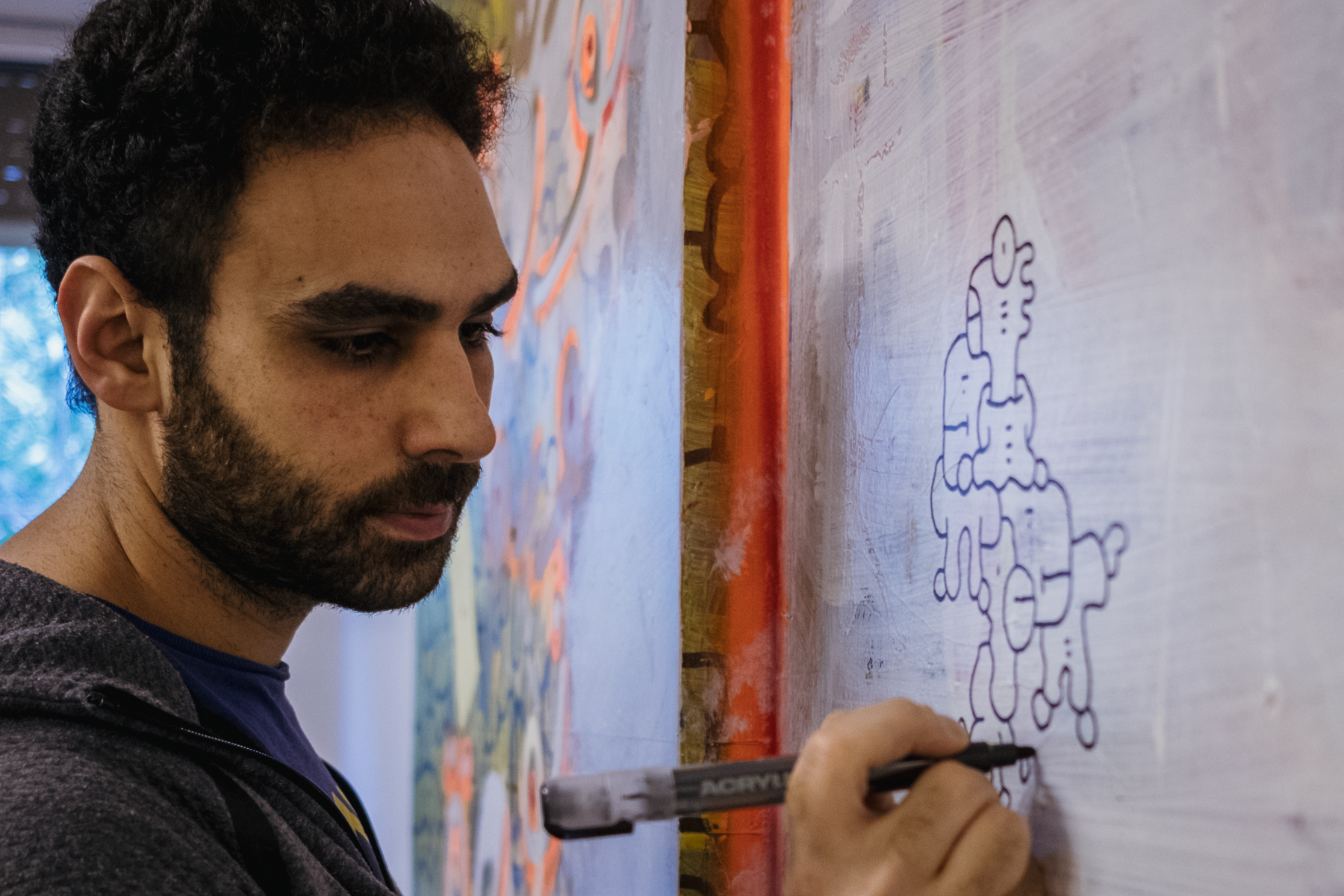
Jad El Khoury
Interior Architect & Street Artist
Beirut, Lebanon
Beirut, Lebanon
“How can art transform the social memory of a city?”
This question resonated in my mind, over and over, after I visited Jad El Khoury, an interior architect and street artist in his home in Beirut, Lebanon. Over a cup of coffee and his mother’s biscuits, Jad kindly charted his artistic journey for, which begins with the quirky characters called ‘potato NOSE’.



If you talk to Jad’s childhood friends, they will confirm that instead of paying attention in class, Jad was busy doodling these characters on the classroom tables. So much so that he’s adopted them as his moniker Potato NOSE and later, he’d even start painting them on buildings. As a form of “peaceful art attack”, Jad started spray painting his characters on to buildings scarred by the war, highlighting bullet holes with his quirky characters. The intention of the project called ‘War Peace’ was an attempt to transform the bad memories of the war to something joyful and fun.
With the positive feedback also came negative and aggressive comments about his graffiti. People voiced their unhappiness at how Jad was defacing public buildings. The experience made Jad question: "Who am I to impose myself onto monumental buildings that already have an existing collective memory?"

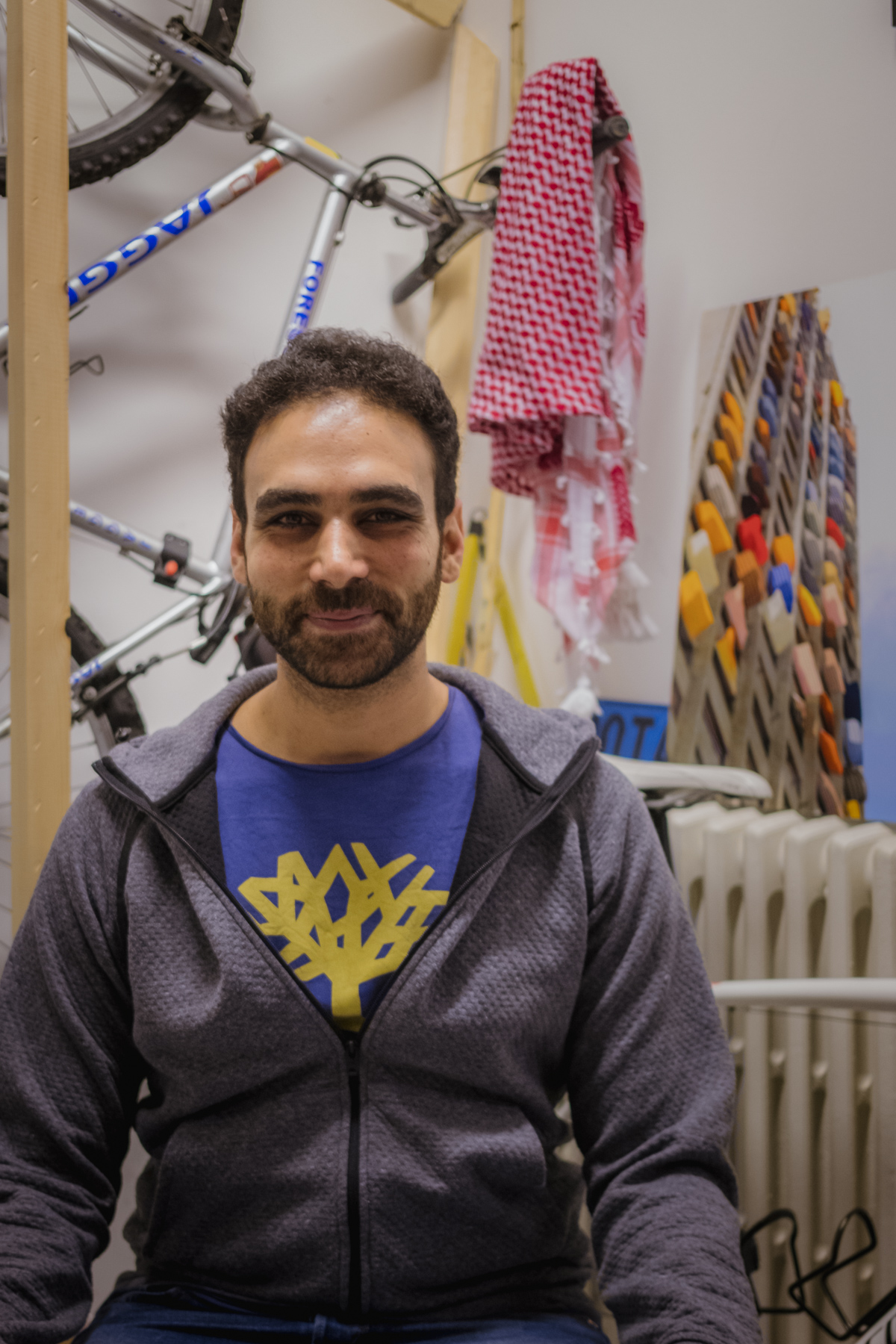
“Who am I to impose myself onto monumental buildings
that already have an existing collective memory?”
For some background, the Burj El Murr (Murr Tower) is an unfinished multi-storey complex right in the middle of Beirut. Standing at 30-storeys, it's hard to ignore. During the civil war in 1975, the Murr Tower was occupied by snipers and has since been left abandoned and tainted by horrific memories. According to Jad, "It's like an eiffel tower of negativity for Lebanon, you can’t unsee it."
From not getting "full permission" to do the installation to the horrible vibes he felt during the six days of installation, Jad graciously offers me details about the process and his mind behind the installation. He and his team intentionally kept the curtains rolled in for six days of installation in order to be discreet. These curtains were intentionally chosen, as their colours and patterns are commonly used in homes and balconies all over Beirut. Once completed, Jad released all of the curtains together and the wind blew through the open windows - literally giving the tower a breath of life.
Through his project, Burj El Hawa, Jad transformed the abandoned tower of negativity into a colorful beacon on the Beirut skyline, a symbol of hope and reclamation, almost like a call to the city to begin the healing process it has been waiting and hoping for. However, despite the stellar reviews from the press and on social media, Jad was forced by the owners to remove the installation just 10 days after it went public.

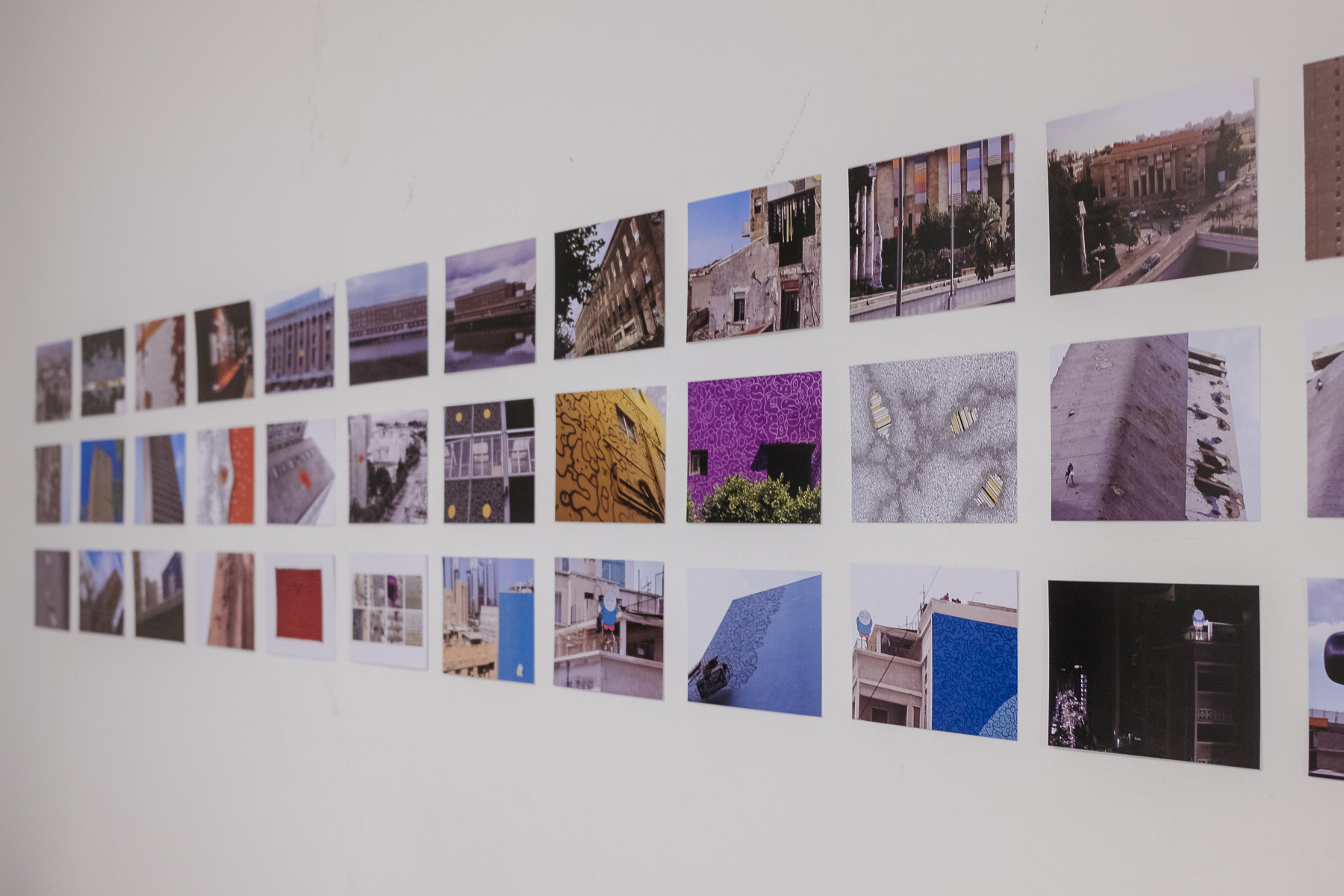

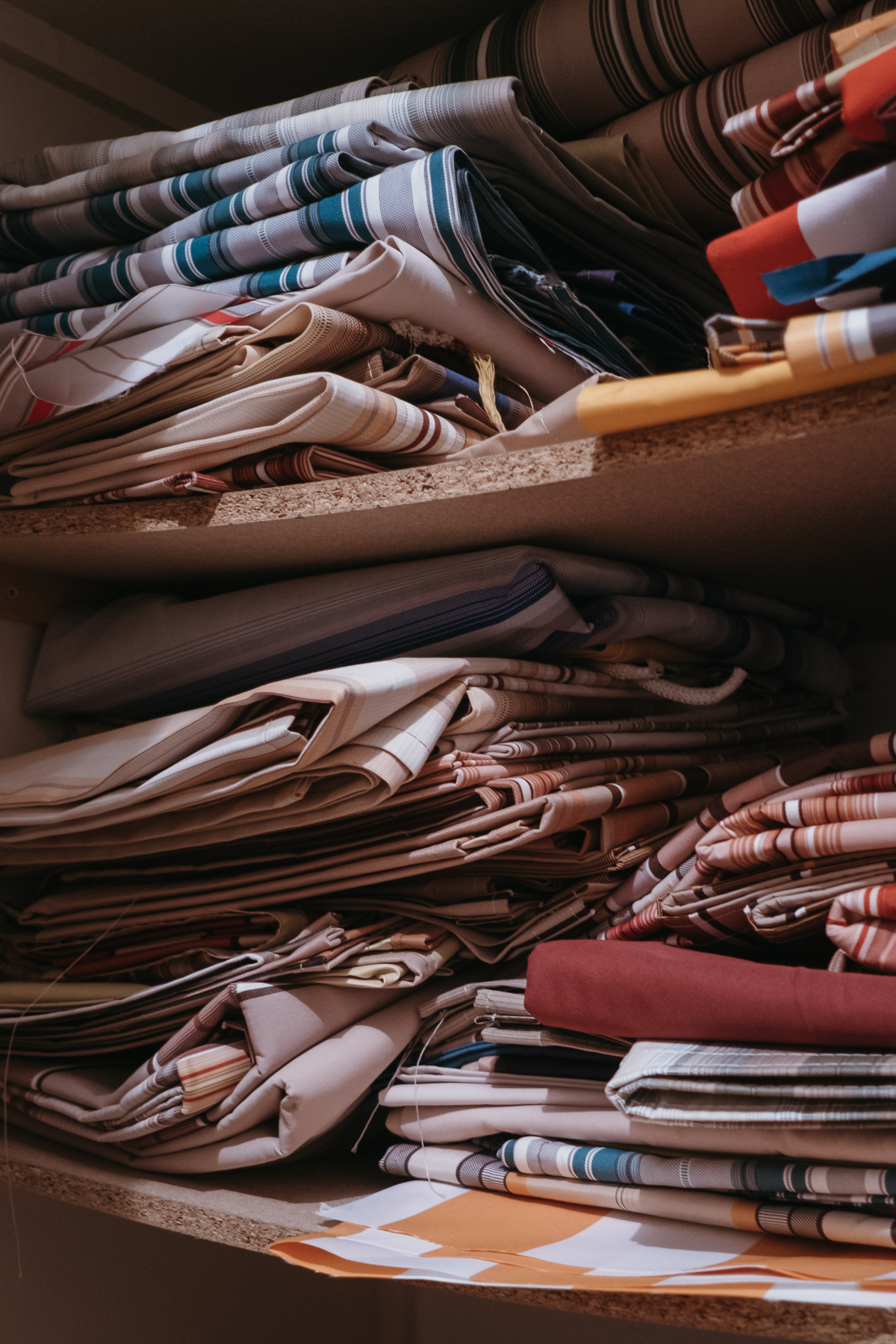
The Burj El Hawa installation went on to be awarded top prize for land and urban art at the 2019 Arte Laguna in Venice, and this spurred Jad on to adapt and install related projects to bring positivity and hope to different locations around Lebanon and internationally. These include the National Museum of Beirut, the rural town of Favara in Sicily, Stavanger in Norway and Dunkirk in France.
Just this July, Jad created ‘Manchafet El Baher’ (Beach Towel) which brought an abandoned aquarium in Batroun to life. The brutalist heritage building with a spiralling ramp at its centre was adorned with the same colourful fabrics, conveying a sense of joy and also highlighting the cultural richness of pre-war Lebanon.
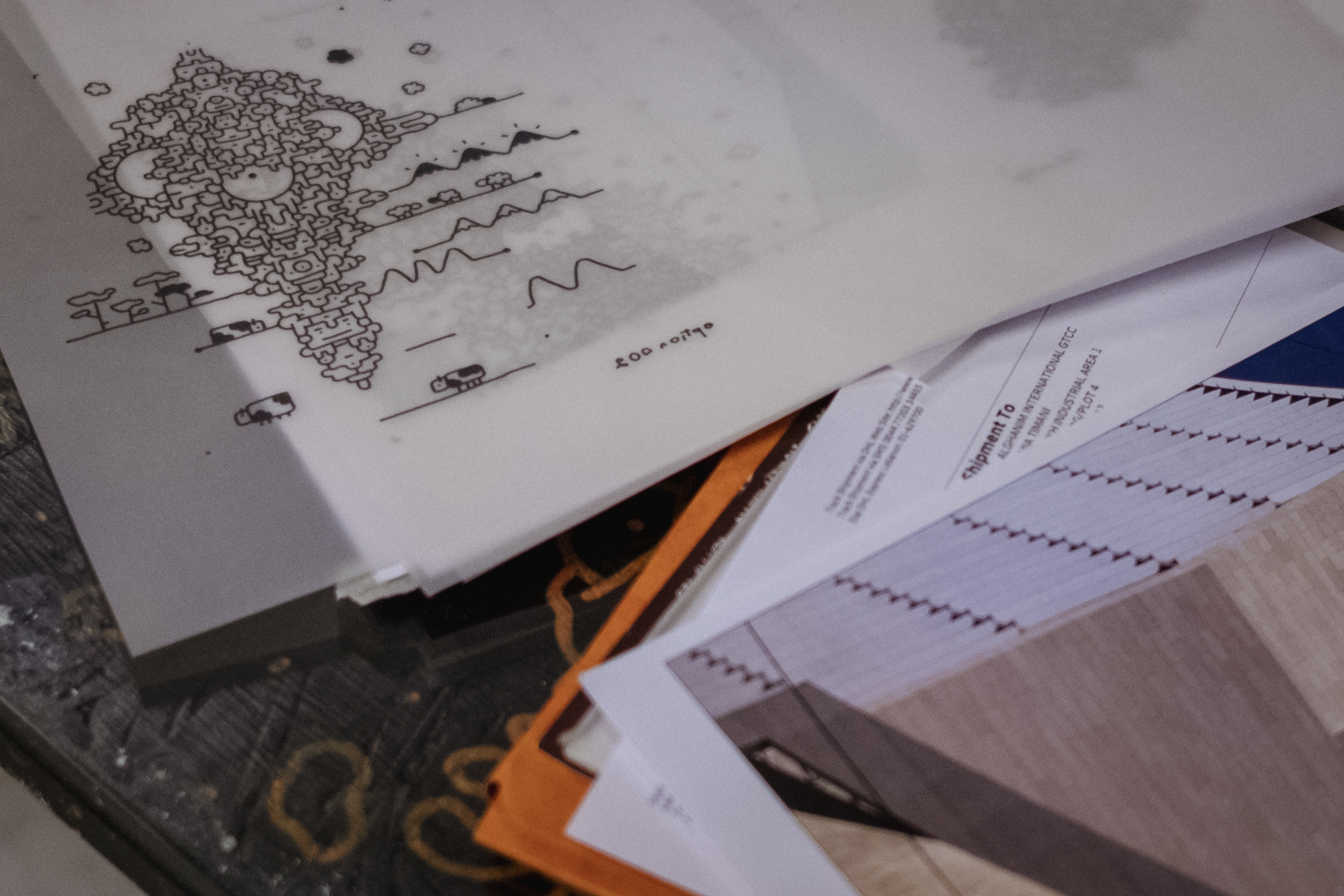
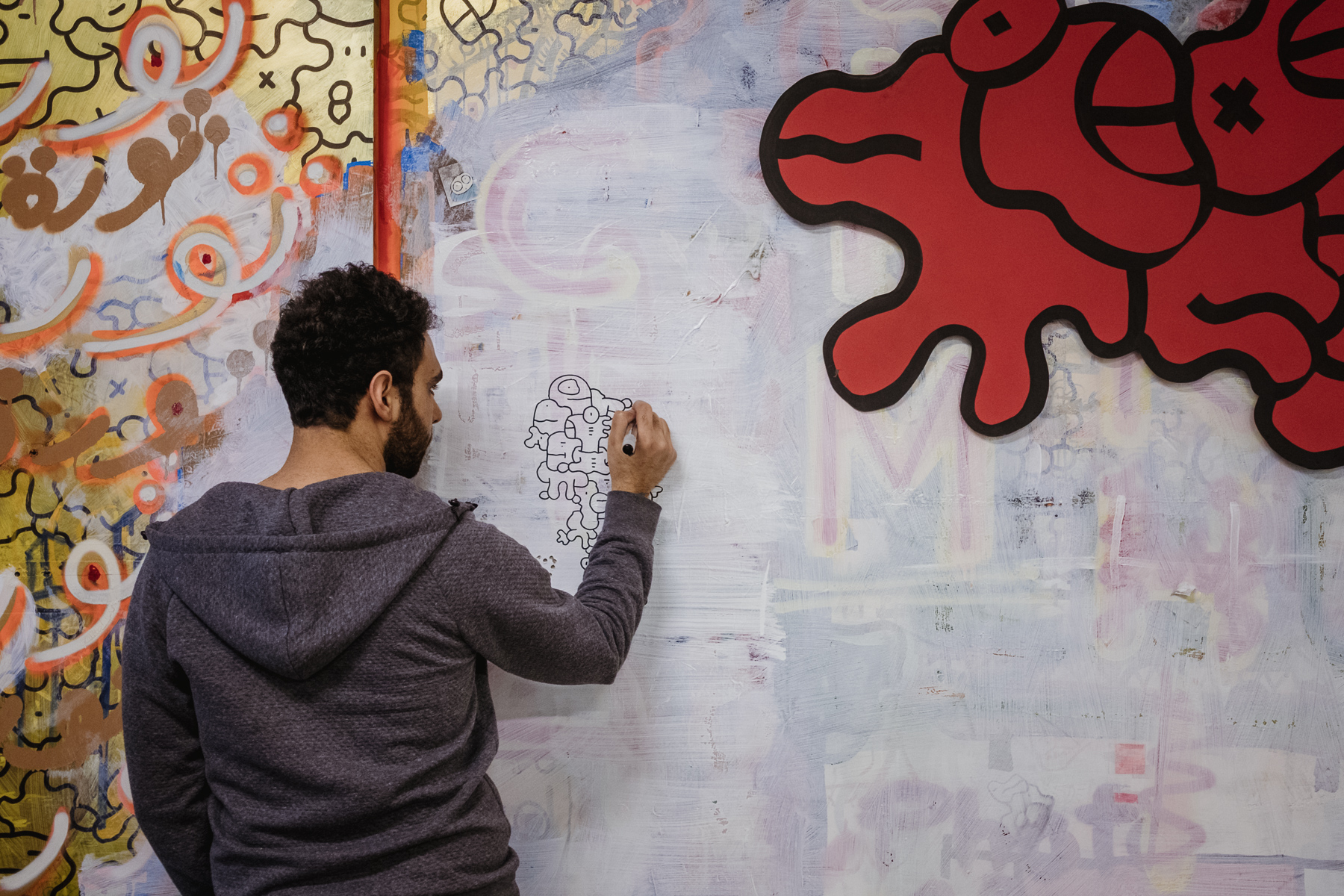
Which brings me back to the question right at the beginning of this write-up: how can art transform the social memory of a city? Listening to Jad’s journey as an artist, I get a glimpse of how he’s matured and how he continues to strive to make art that makes an impact in the spaces he finds himself in, especially in his hometown, Beirut. It gives me great hope to know that he is one of the many artists using their craft and talent to enrich the urban spaces around us.
Jad is currently in Oslo, in a masters program in art and public spaces. Keep up with his art by visiting his Facebook page or his Instagram account.
︎
Visited March 2020, published December 2020.
Visited March 2020, published December 2020.
